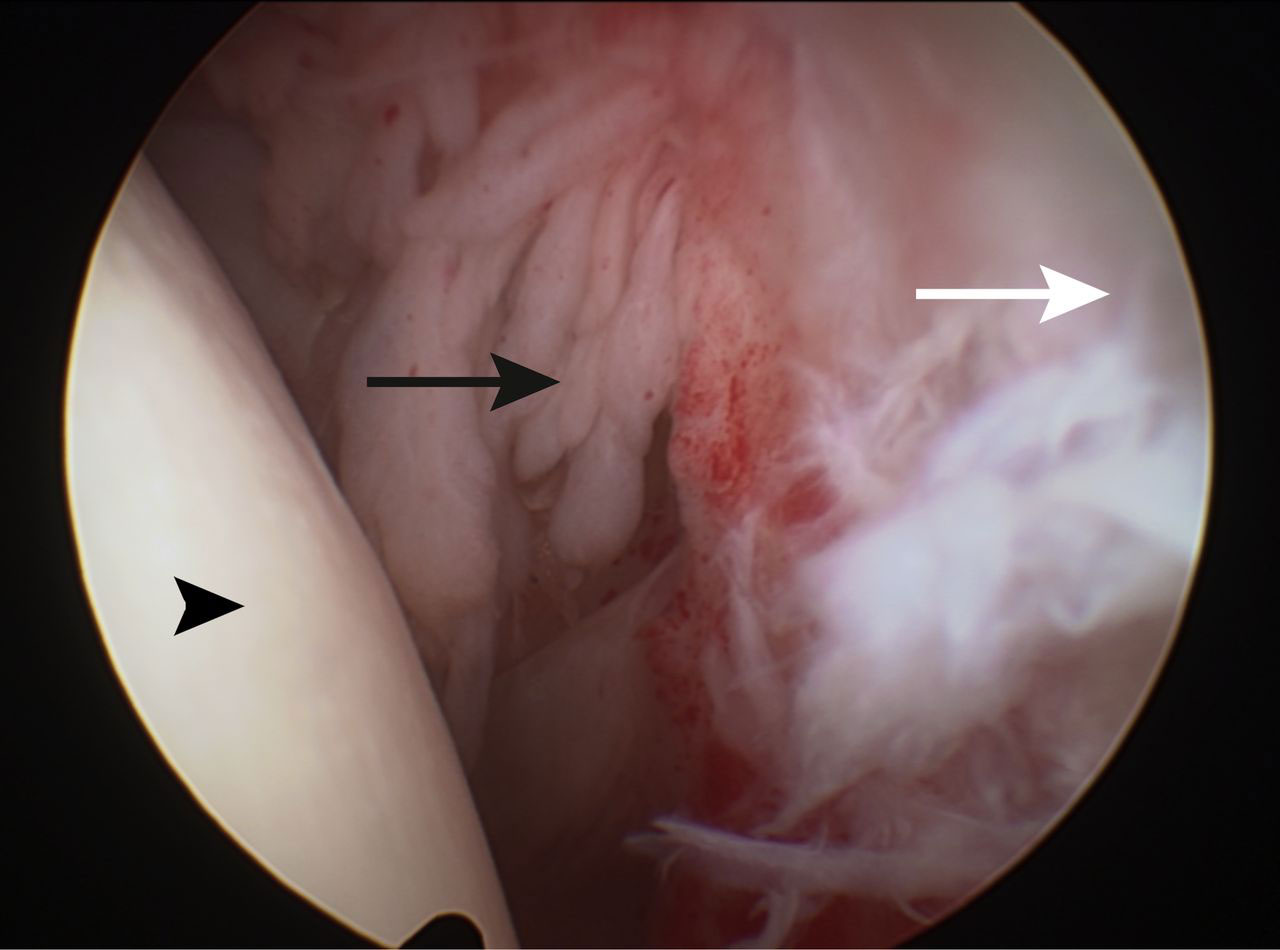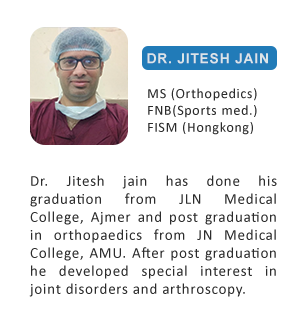Introduction:
Frozen shoulder is a common diagnosis in orthopedic OPD. It mostly affected middle aged population (40-60 years). Patients seek treatment for pain and stiffness of the shoulder. Frozen shoulder is more frequently seen in patients with diabetes, thyroid disease, cardiovascular disease, trauma, stroke and neurosurgery.
The disease is often divided in three phases: Pain, stiffness and resolution, but considerable overlapping is seen among these phases. At our clinic we classify the disease as pain predominant and stiffness predominant and treatment is guided accordingly. Mostly it affects women but men are at greater risk for prolonged recovery and greater disability.
Pain is the main problem. It may spread down to the arm from shoulder and may disturb the sleep. The patient may be unable to sleep on the side of the affected shoulder.
What you should know:
- If you are middle aged and gradually developing stiffness of your shoulder (difficulty in over head movement, combing hair, scratching at your back or fastening the bra) you might be suffering from frozen shoulder or adhesive capsulitis. Diagnosis is more likely if you have diabetes or thyroid disease.
- It is a self limiting disease but it may span over 6 months to 2-3 years and in a many patients (40 %-50%) some loss of motion may persist.
- X ray is not routinely required and diagnosis is mainly clinical.
What is the most effective treatment:
There is insufficient evidence to reliably recommend a treatment approach. Stretching exercises, range of motion exercises, Electrotherapy and a corticosteroid injection into the shoulder are the evidence based moderately effective treatment.
We also offer advanced arthroscopic capsular release and manipulation under anaesthesia in resistant cases after a fair conservative trial.

Arthroscopic view of frozen shoulder
Frequently Asked Questions
Specially designed treatment for frozen shoulder
1. ‘Gentle’ therapy is better than ‘intensive’ therapy (passive stretching within the limit of pain)
2. Transcutaneous electrical stimulation (TENS), low-power laser therapy and deep heating through diathermy combined with stretching are more effective than other modalities for treating frozen shoulder patients.
3. Exercises are key to treatment :
Stretching sequence: Active assisted > Active > PNF stretching
Simple Active assisted exercises:
- Pendulum exercises:Start with small arc ( 20 cm) then gradually increase the arc (in about 2 weeks when pain decreases) then do with lightweight (1/2 kg) to stretch the shoulder capsule and then increase the weight (1/2 kg every 15 days till 2-3 kg)10 revolutions clockwise and 10 revolutions anticlockwise twice a day.

- Abduction and flexion: (Pulley exercises):
This is to improve over head elevation of your arm. Pulley exercises 10 minutes twice a day. Same pulley exercise can also be used to improve forward elevation of the arm by changing the position of the chair( Pulley is above your head for over head elevation and above and behind to improve forward elevation)Pulleyexercises can also be used to improve other motions like rotations:
- Towel/rope stretch:
Use a little shorter than a meter long towel (around 3 feet). Keep the towel or rope parallel to the body and pull upward the diseased arm with your healthy arm. Do 20 times a day. Hold for 5-7 Sec every time after a stretch and then relax for 2 Sec.
- External rotation stretch:This is to improve the rotation of your arm away from your body (External rotation). Hold/ grip the door frame and then turn 90 degrees. Hold the stretch for 10 seconds. And then relax for 3 seconds. Repeat it for 10-20 times a day.
- Cross Body Stretch:This will stretch the posterior capsule of your shoulder and improve the rotation of the shoulder. Hold for 20-25 seconds after a stretch and then relax for 4 seconds. Do 10 repetitions twice a day.
- PNF Stretching for frozen shoulder:
PNF stands for proprioceptive neuromuscular facilitation. PNF stretching is a very good way to increase the range of motion and relieve pain in frozen shoulder. First warm up the shoulder by pendulum exercises for 5 minutes and then do PNF stretching in supervision of an expert.
If you want to know the difference between Rotator Cuff Tear and Frozen Shoulder watch this video
ABOUT THE AUTHOR

TESTIMONIAL

मेरा दाए पैर में चोट लगने के कारण टेढ़ा हो गया था जिसकी वजह से मुझे चलने में भी परेशानी हो रही थी. डॉ जितेश ने ऑपरेशन कर के इसे सीधा किया. में बिलकुल ठीक हूँ .

मेरी बेटी के घुटने में इन्फेक्शन होने के कारण वो दर्द की वजह से सो भी नहीं पाती थी. डॉ जितेश ने ऑपरेशन कर के इसे ठीक किया. बहुत धन्यवाद।

remember that Dr. Jain came out from his clinic to see my mother because my mother was not able walk a single step. He did total knee replacement on both side and now my mother is walking without aid.
OPENING HOURS
| Monday – Friday | 16:00 – 20:00 |
| Sunday | OFF |



 Pulleyexercises can also be used to improve other motions like rotations:
Pulleyexercises can also be used to improve other motions like rotations:
